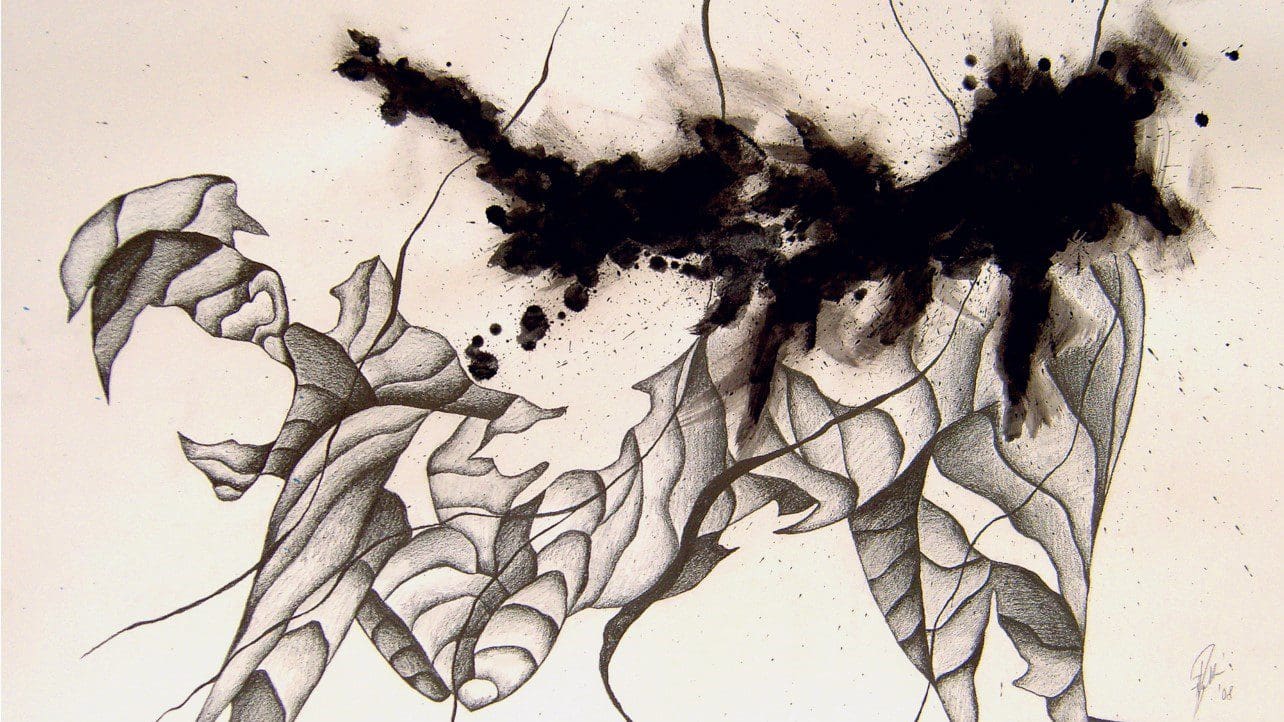
The Hungarian motifs appearing in the exhibited works prove that artists living and working outside of Hungary are still proud of the heritage they received from their ancestors, even indirectly.

BME’s institutions will be developing methods of quantum error correction, fault-tolerant computing, and the necessary programmes for the operation of the quantum computer during the seven-year project.
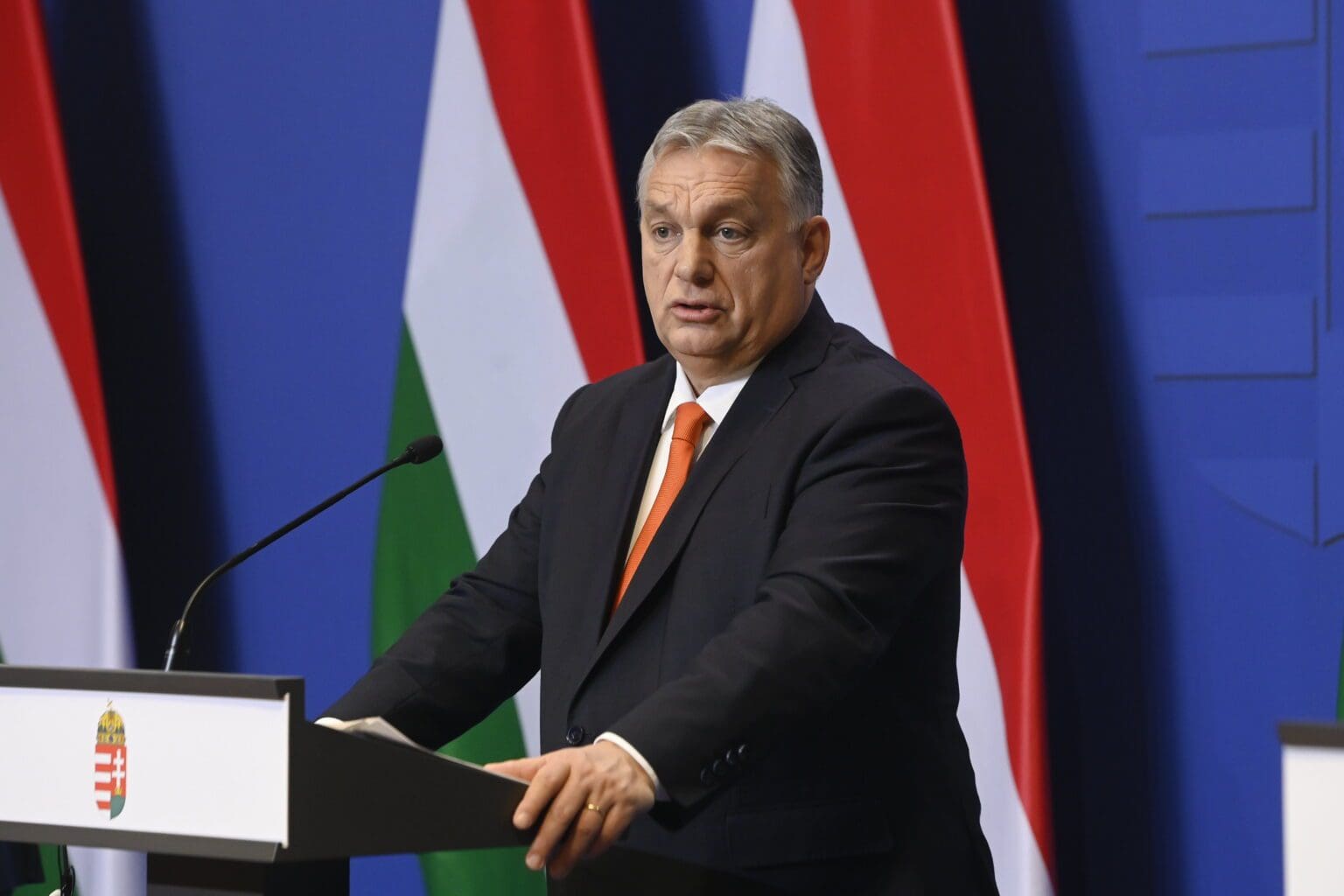
This year, 15 March falls on a Wednesday, and programmes have been put together accordingly. On 14 March, the Kossuth and Széchenyi Awards will be presented. On the day of the celebration the next day, the national flag will be raised in the morning as usual.
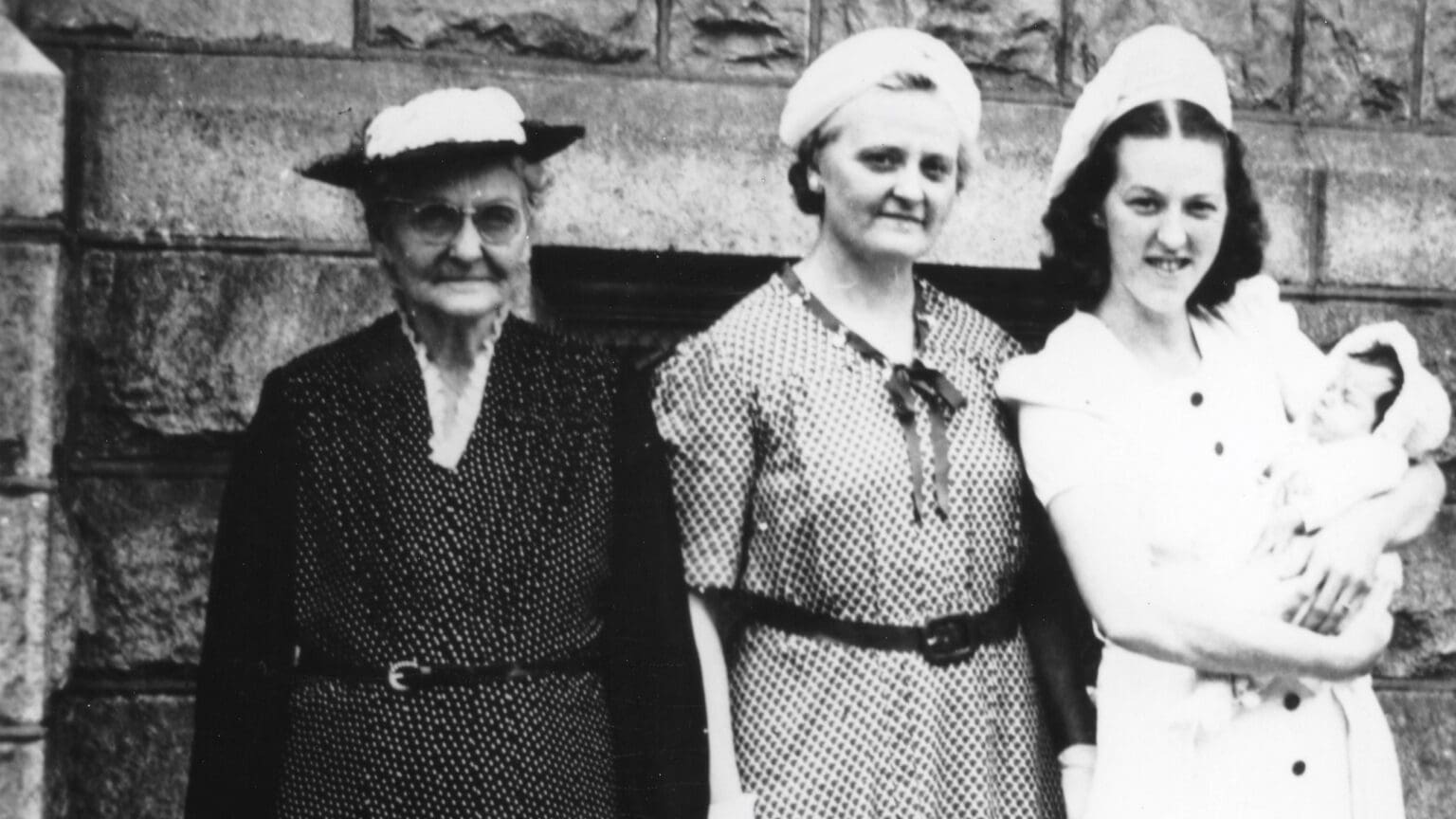
Today is dedicated to all women, appreciating their work and achievements in making the world a better place for all.
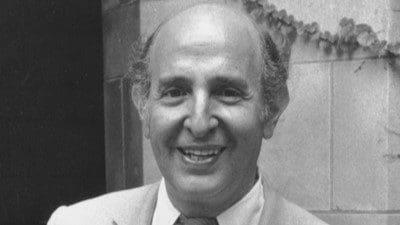
Re-reading Bloom’s book, we must acknowledge that there indeed existed a thorough and fierce analysis drawing attention to the decline of university life already decades ago. Unfortunately, this appeal was ignored.
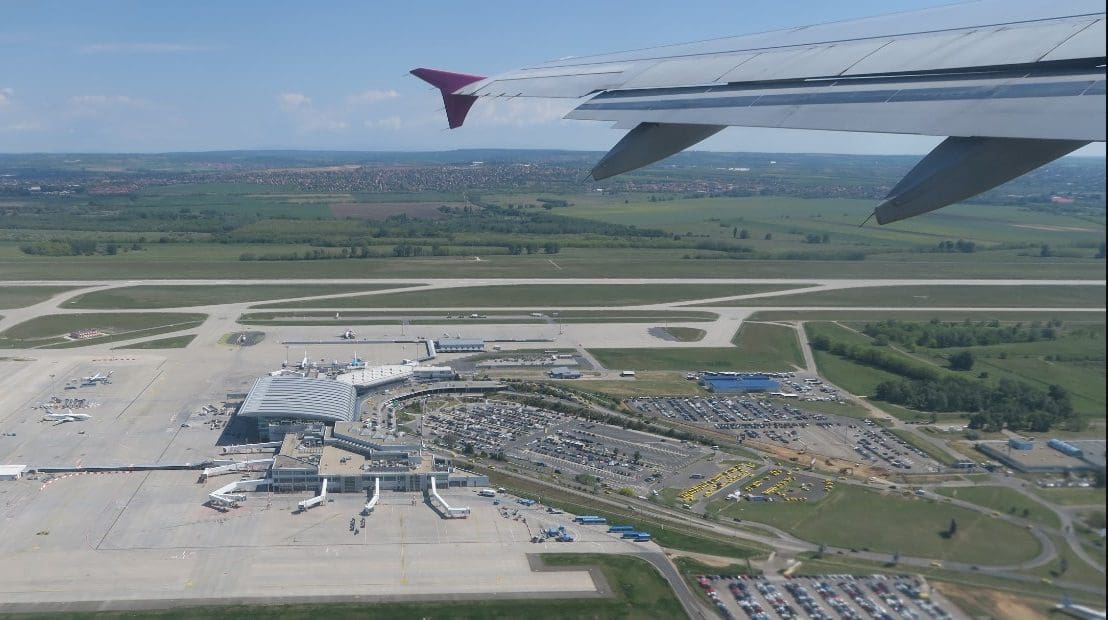
Satisfied passengers have voted Liszt Ferenc International Airport the best in Europe in 2022.

According to the sources reviewed, it is evident that Jewish communities were subjected to the same extent of plundering by the short-lived Communist regime in 1919 as the Christian churches.

The vision of a world where AI technologies play an active role in educating young children is more realistic than you might think.
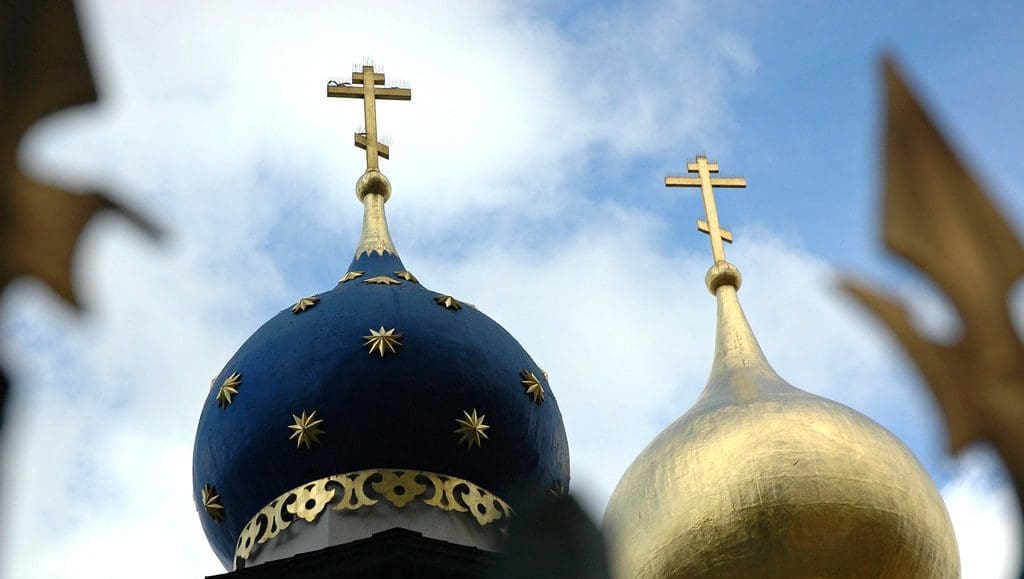
Dr Brittany Pheiffer Noble recently gave a lecture titled ´From Counterculture to Establishment Subculture: Orthodoxy in 21st century Russia´ at the Danube Institute.
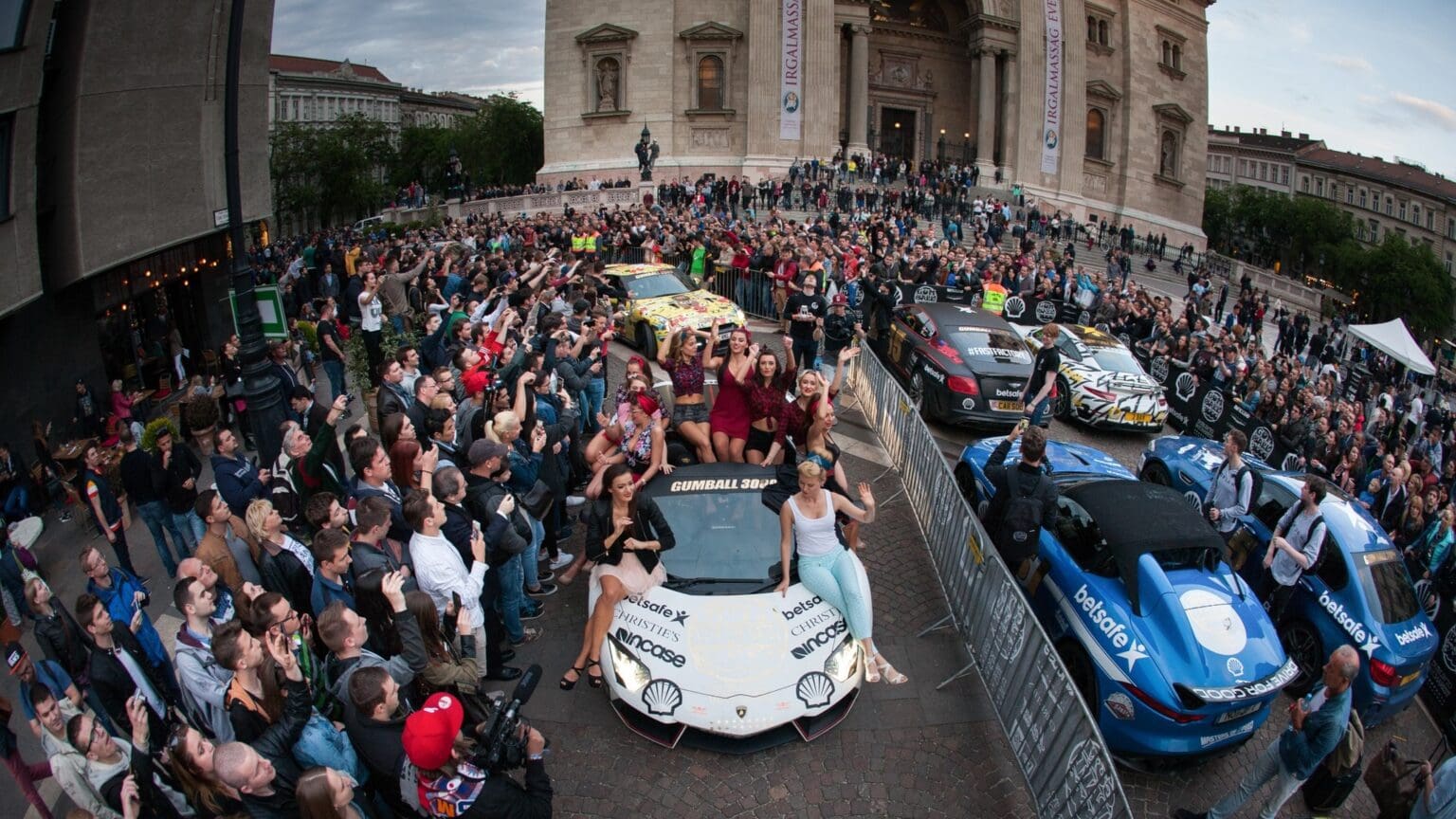
After five years, the international car rally of the super rich, the Gumball 3000, is returning to Hungary on 15 June.
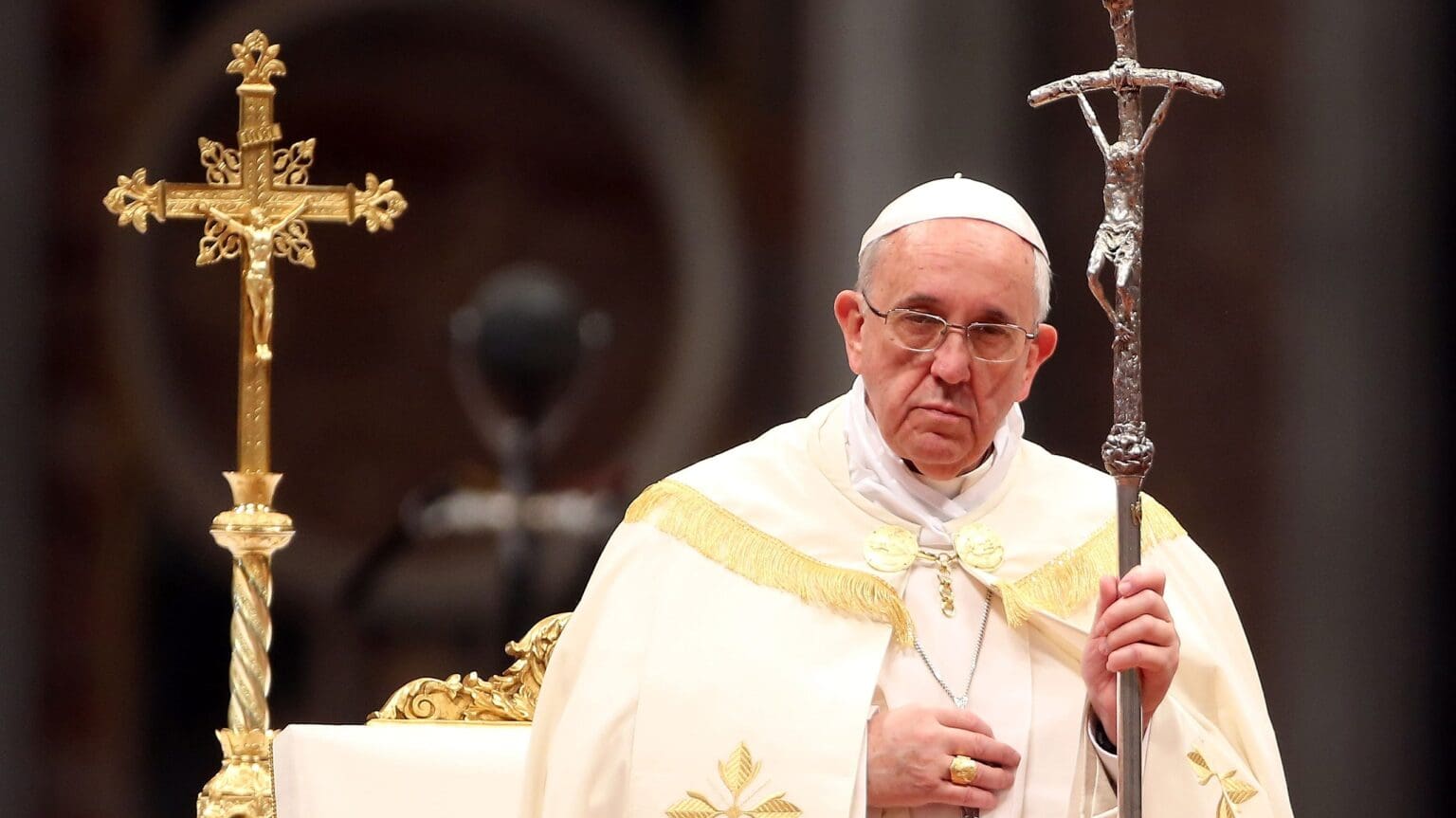
Pope Francis is set to visit Hungary between 28–30 April 2023, the second time His Holiness makes his way to our country.
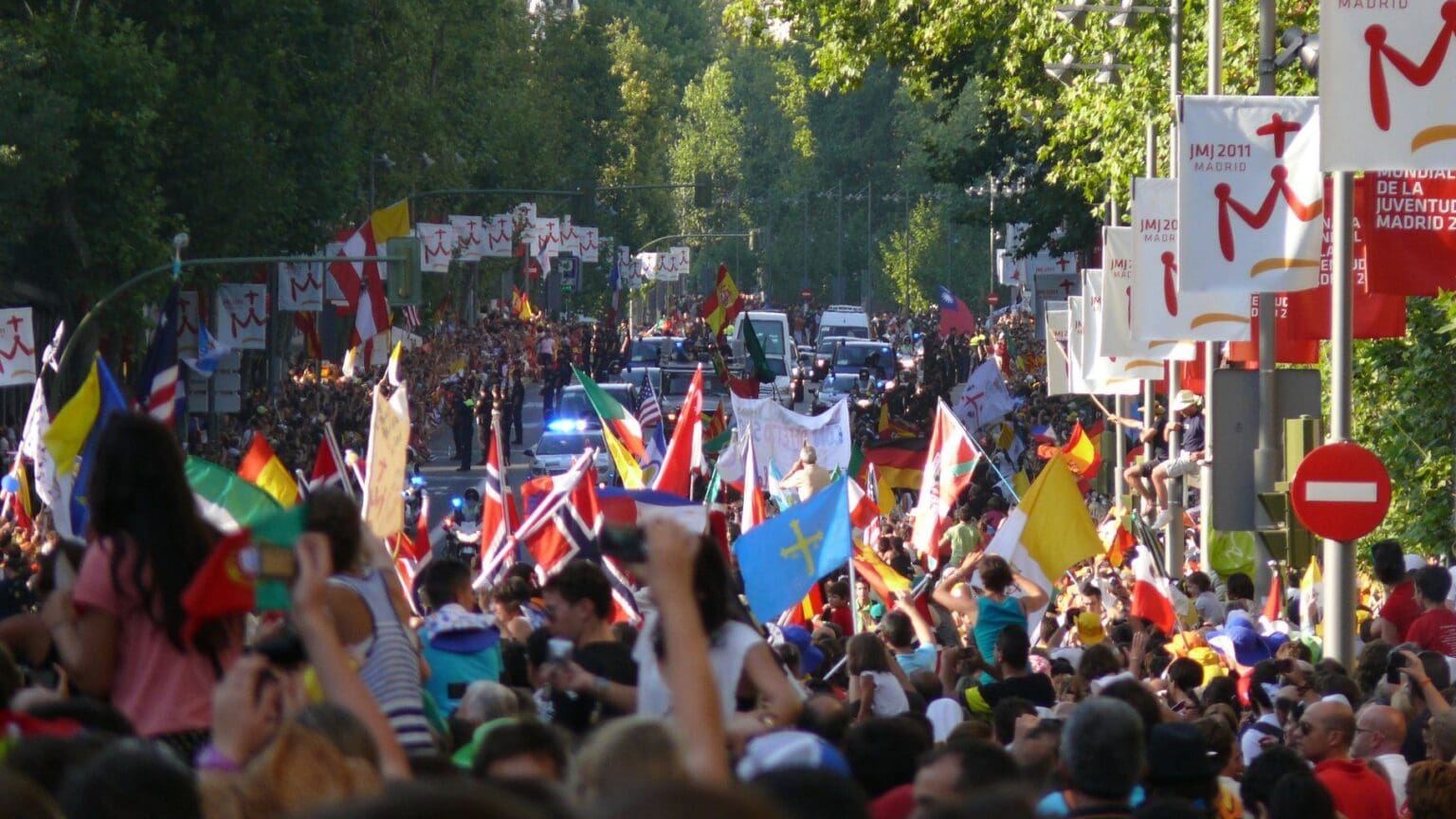
At the 2005 World Youth Day, Pope Benedict said that only on the basis of the dignity of human life can we authentically strive for non-violence, sustainable development, justice, peace and care for the environment.

A North-American activist group is offering the words ‘egg donor’ to replace ‘mother’ and ‘sperm donor’ for ‘father’; while males and females it insists should be called sperm-producing/egg-producing individuals.
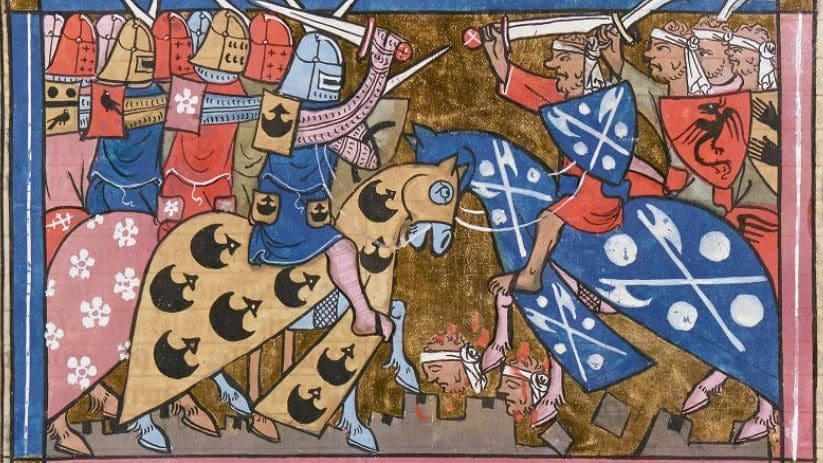
Life in the East was not at all easy for the newcomers, as they had to preserve their traditions while developing their identity in a completely new social and religious environment.

In a controversial move, the character of Augustus Gloop in Charlie and the Chocolate Factory is no longer referred to as ‘fat’, but rather, ‘enormous’; Mrs Twist in The Twists is no longer called ‘beastly and ugly’, she’s simply ‘beastly’ now; and the ‘Cloud-Men’ from James and the Giant Peach are gender-exclusively called ‘Cloud-People’.

As gaming becomes more and more popular among children and teenagers, it is important to consider the potential dangers that they may face. While gaming can be a fun and engaging activity, it can also pose risks to children’s physical and mental health, as well as their safety online.
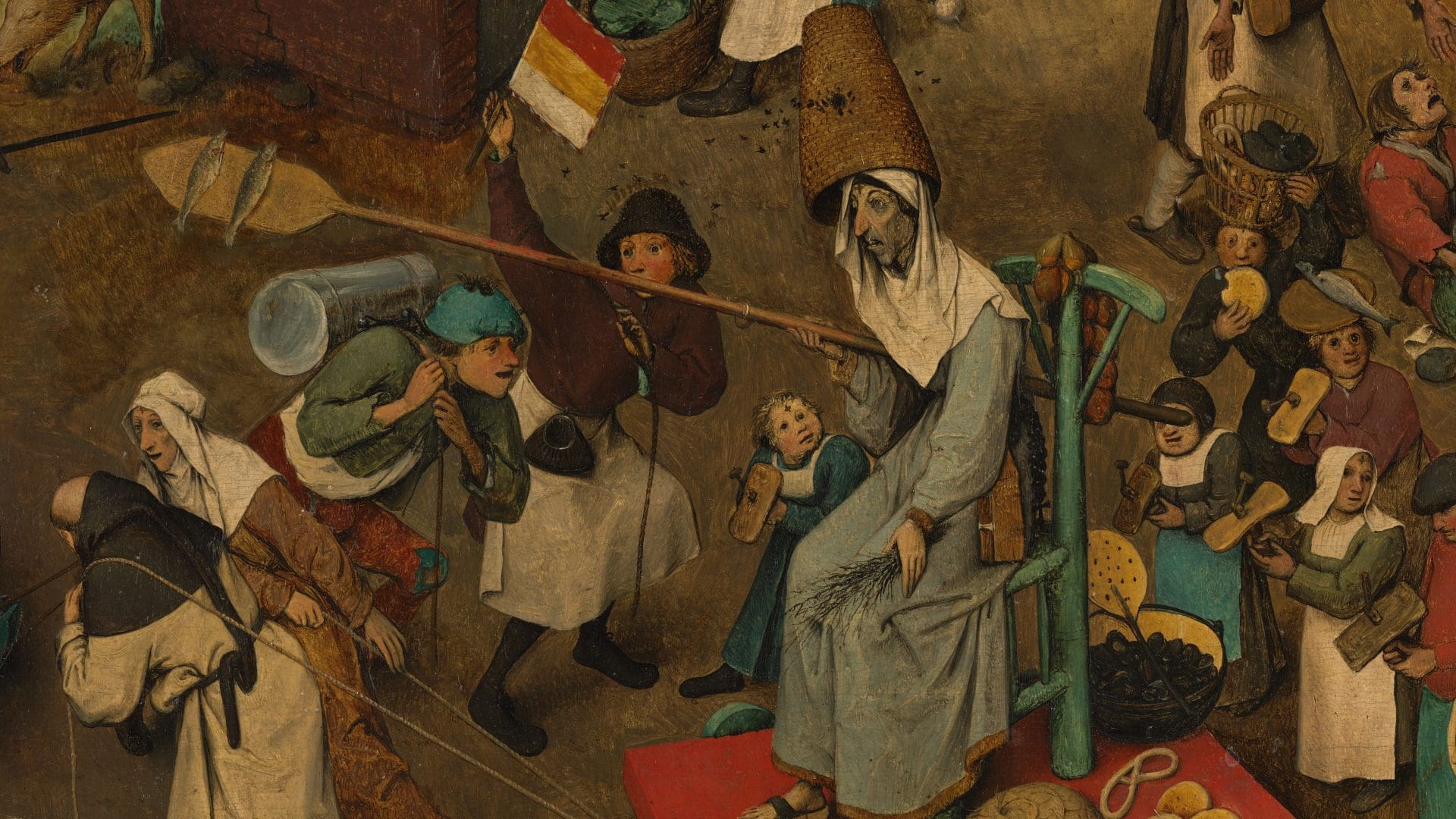
According to Hungarian folk belief, those who receive the ashes on Ash Wednesday will be free from headaches for quite a while. In the olden days, there was even a Hungarian folk tradition according to which people returning home from church rubbed their foreheads with those who stayed at home, to help them avoid headaches.

Guaranteeing access to education in their mother tongue to the Hungarian minorities abroad is an important goal of the Hungarian state, to help the preservation of these historical, indigenous communities.

The focus of Anna Loutfi’s talk at Danube Institute was the category of philosophical belief in UK equality law and its implications for general freedom of expression under common law and ECHR regimes. Dr Loutfi’s discussion explored how the case law evolution has gradually eroded the space for questioning and debating what are essentially deeply held opinions.
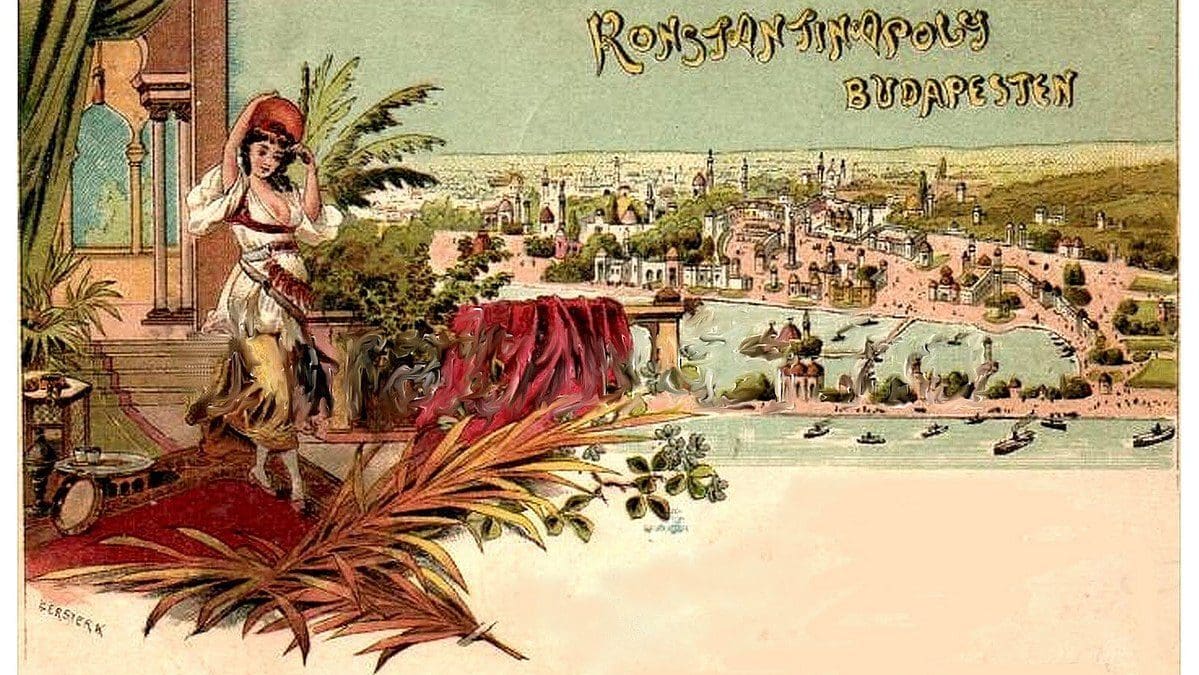
By the turn of the century, not only the development of today’s historic parts of Budapest took place, but, among other things, huge investments also began in the area of Lágymányos Lake between today’s Liberty Bridge and Rákóczi Bridge.

The Busójárás (the ‘Walk of the Busós’) was the first Hungarikum to be inscribed on UNESCO’s World Heritage list in 2009.
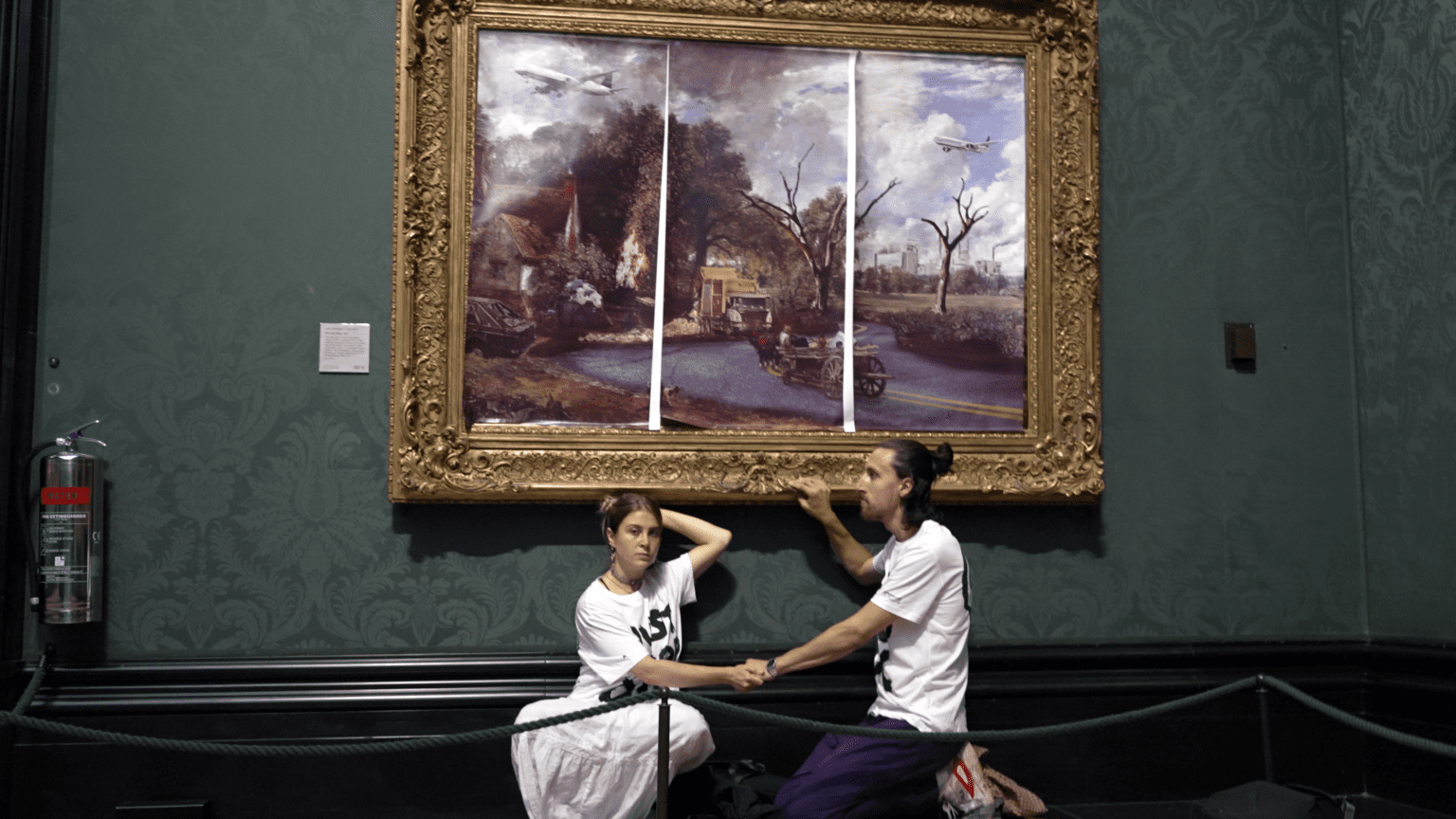
Methods such as blocking busy roads, campaigning against higher birth rates, and throwing various materials at famous paintings and other works of art are strongly rejected by young Hungarians. Planting trees and picking up litter, on the other hand, are strongly approved of.

‘For their political opponents conservative governments are most dangerous when they are successful,’ warns Balázs Orbán, Political Director to the Prime Minister of Hungary. Thus, he adds, the Netanyahu cabinet must be ready for constant attacks by the mainstream media.

Fauda is a brave series as it dares to portray both Jewish and Palestinian characters as human beings. Israeli military personnel and Arab terrorists, often dehumanised through the headlines of international papers, here have names, backgrounds, families, feelings, and love interests (occasionally with one another).

Hungarian students boast outstanding achievements at the top universities of the world. Hungarian Conservative spoke to talent grooming institutions Stipendium Peregrinum and Milestone Institute about how they help talented young Hungarians.

The Day of Remembrance of the Siege of Budapest has caused plenty of controversy every February over the years.

Celebrate love in Hungarian nature near the enchanting Ilona Valley Waterfall.

Although strongly committed to free speech, in some sense, Musk has been even more rigorous than his predecessors in terms of content moderation. Back in November, it was reported that Twitter had deleted around 45,000 accounts that were promoting sexual content involving children, relationships between children and adults, or non-consensual nudity in India.
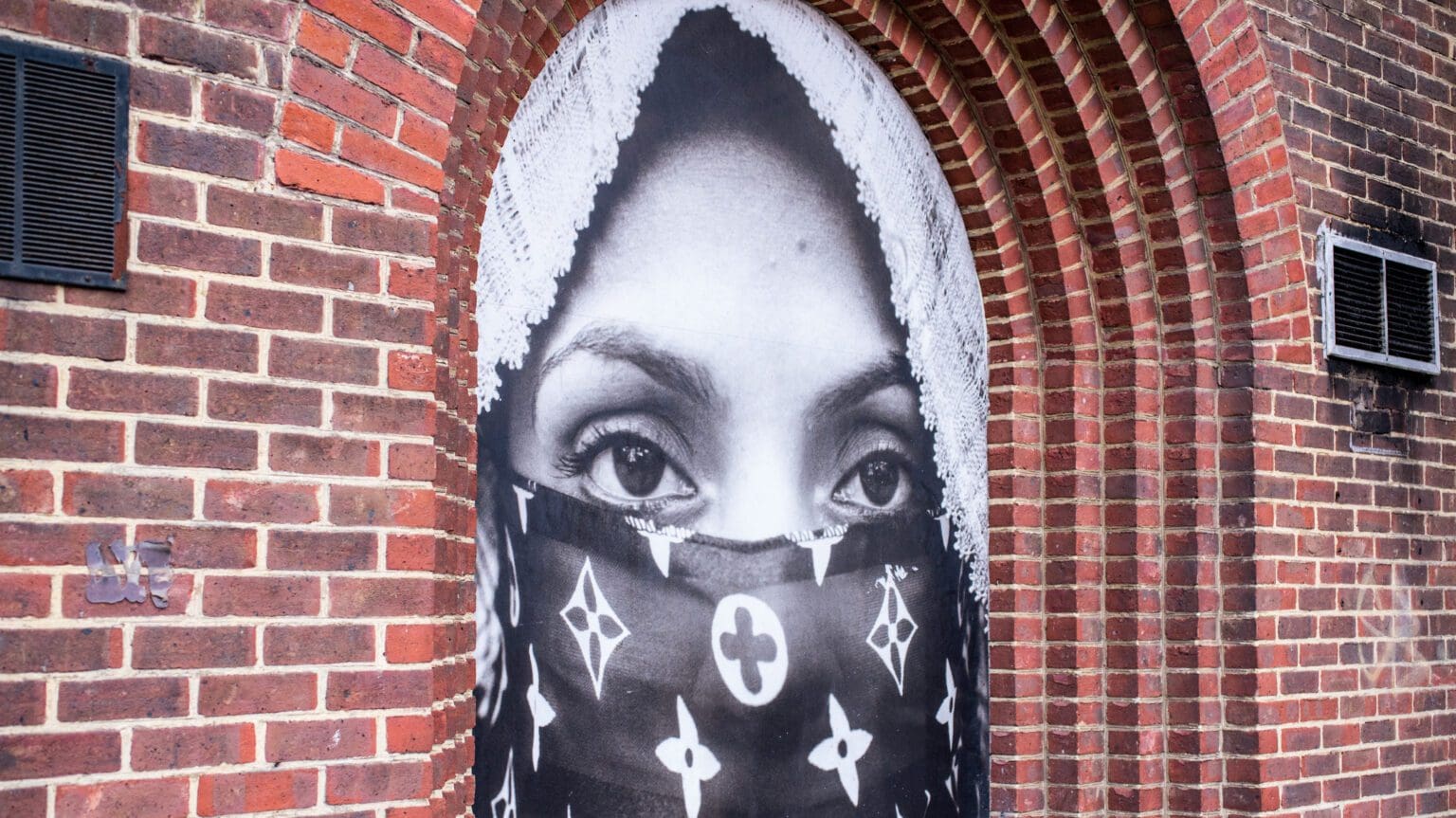
The importance of Nash’s book rests in its provocative attempt to revive the notion of group fellowship and apply it to the Muslim problem.
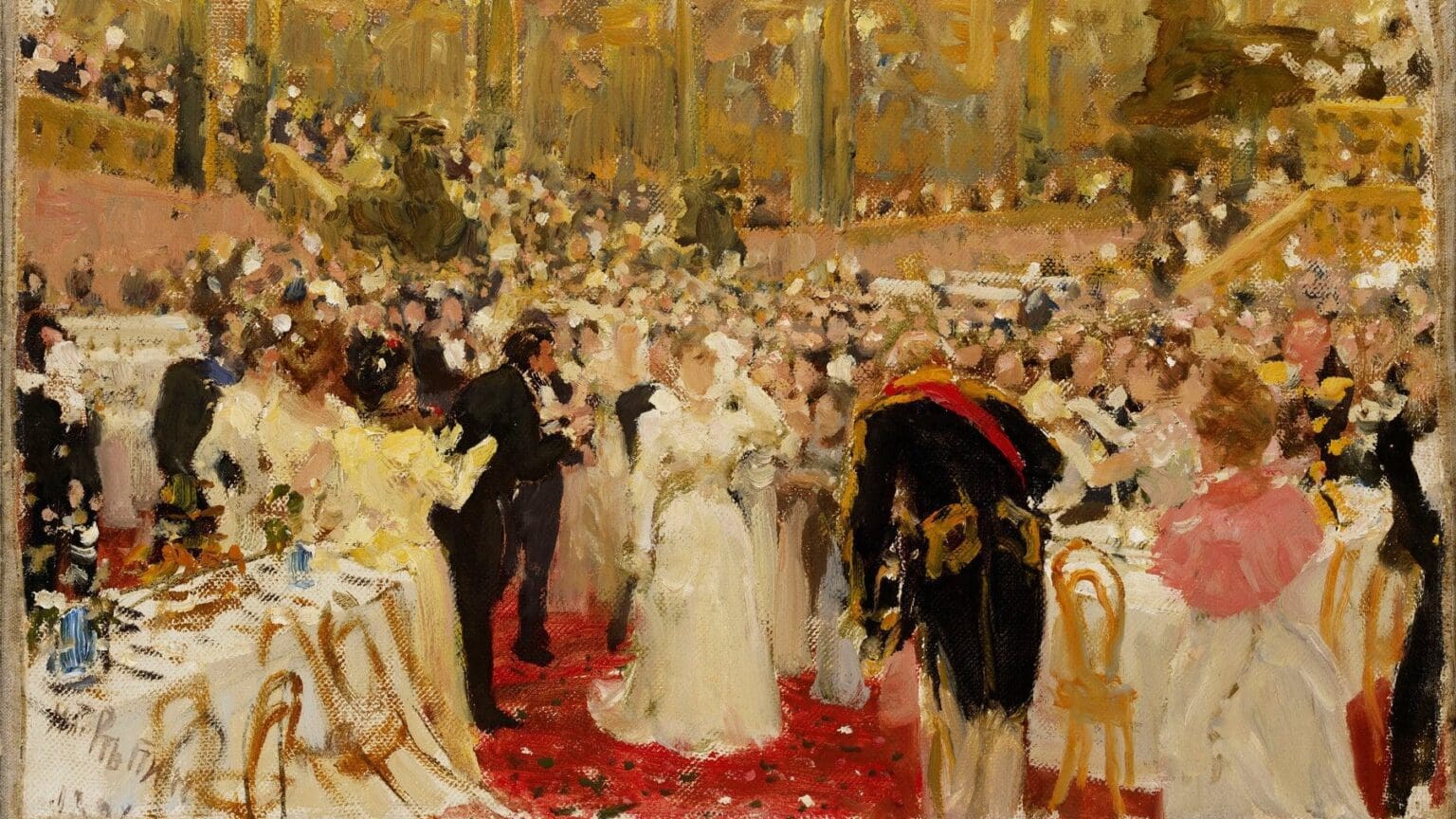
While many Western countries cancelled great Russian masters, Hungary continues to perform and publish the eminent works of European culture.